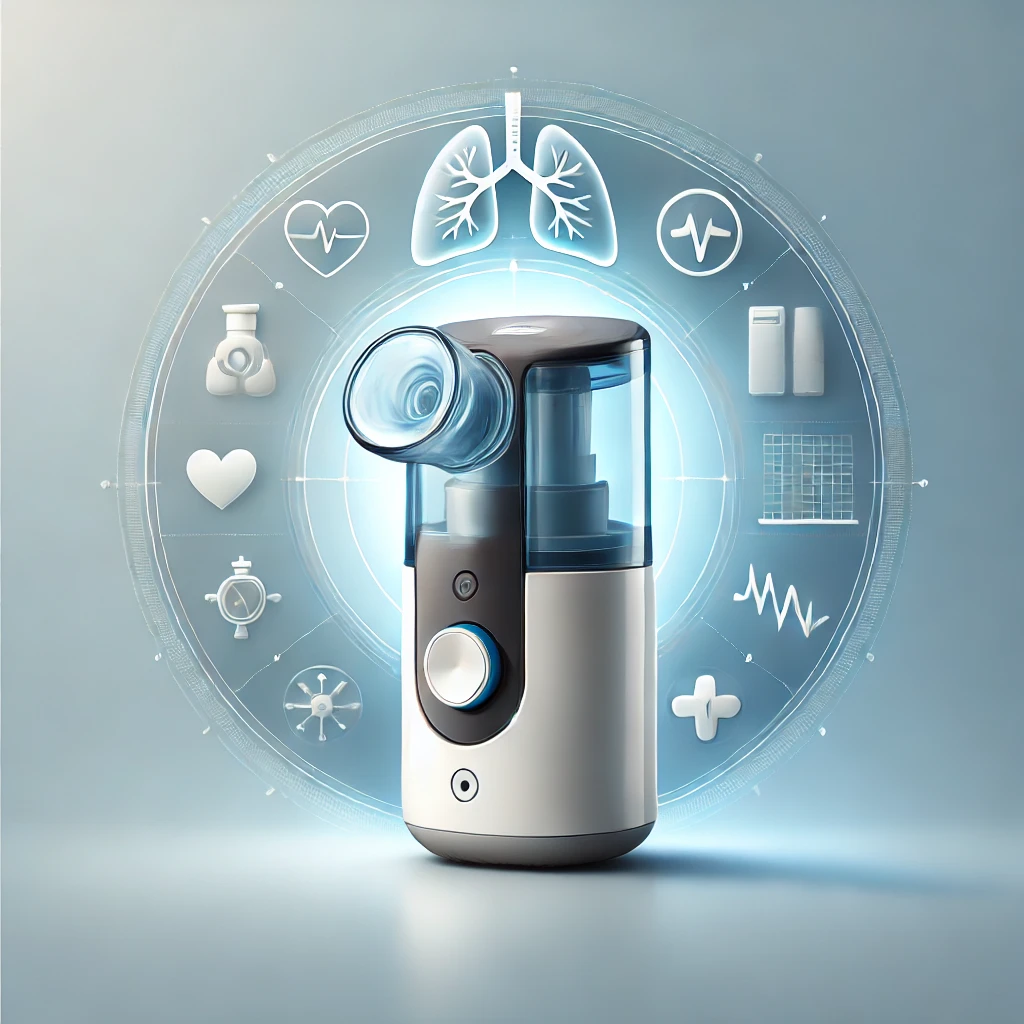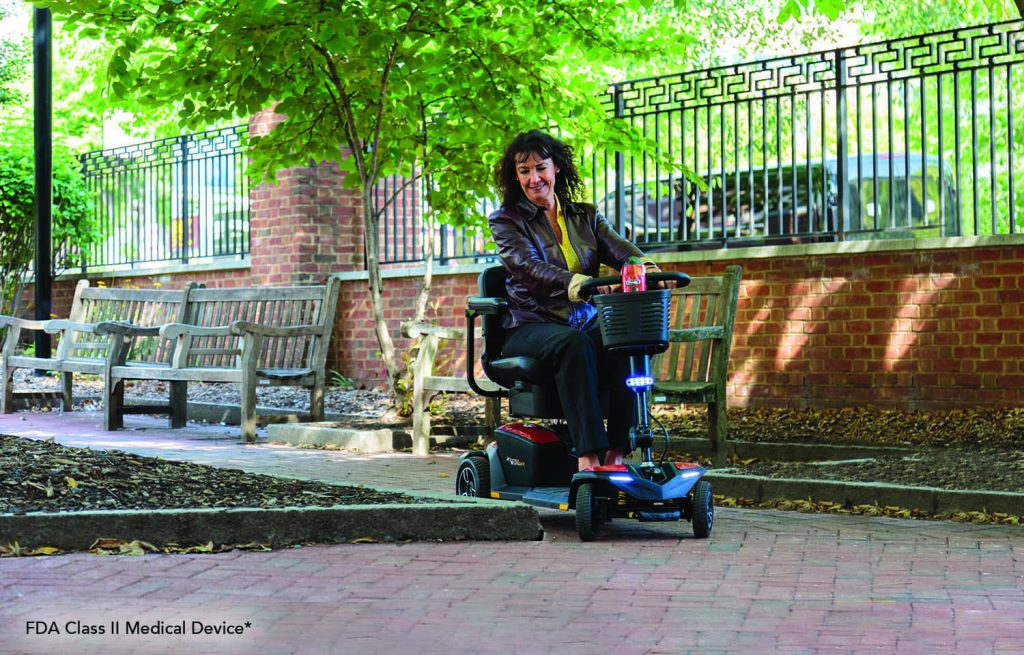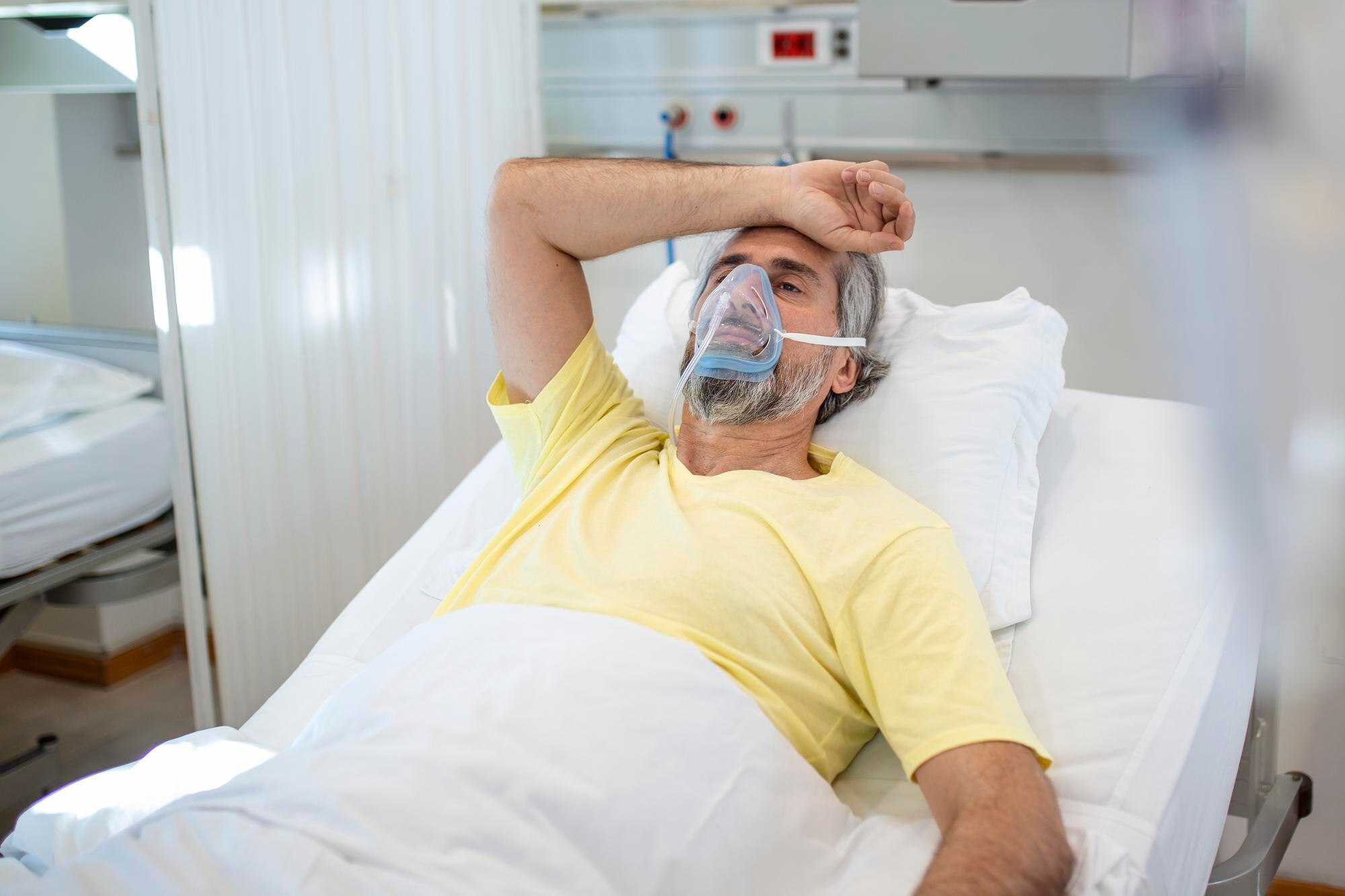For individuals managing respiratory conditions such as asthma, chronic obstructive pulmonary disease (COPD), or cystic fibrosis, nebulizers are often an essential tool for delivering medication directly to the lungs. While traditional nebulizers are effective, their size and need for a power outlet can make them inconvenient for active lifestyles.
Enter portable nebulizers—a compact, lightweight, and battery-operated solution that brings flexibility and freedom to your treatment routine. In this article, I’ll explain how portable nebulizers work, their benefits, and practical tips for making the most of them while you’re on the go.
What is a Portable Nebulizer?
A portable nebulizer is a smaller, travel-friendly version of a traditional nebulizer that delivers aerosolized medication for easier breathing. Unlike traditional models, portable nebulizers are designed for mobility, making it easier to take your treatment routine outside the confines of home.
Key Features:
- Battery-Powered: Operates with rechargeable or disposable batteries for portability.
- Compact Design: Small enough to fit in a purse or backpack.
- Quiet Operation: Many models feature whisper-quiet motors, ideal for discreet use in public spaces.
How Portable Nebulizers Work
Portable nebulizers work by converting liquid medication into a fine mist that can be inhaled directly into the lungs.
How It Happens:
- Medication Loading: You fill the nebulizer’s medication cup with a prescribed dose of liquid medication.
- Mist Generation: The device uses ultrasonic waves or vibrating mesh technology to create the aerosol mist.
- Inhalation: You inhale the mist through a mouthpiece or mask, ensuring the medication reaches your airways.
Benefits of Portable Nebulizers
Portable nebulizers offer several advantages for people managing respiratory conditions:
1. Freedom to Travel
- Take treatments anywhere—whether you’re at work, on vacation, or commuting.
- Designed to fit into small bags or luggage, they’re easy to carry wherever you go.
2. Discreet Treatment
- Compact and quiet operation allows for discreet use in public spaces.
- Useful for emergencies or unexpected flare-ups while away from home.
3. Convenience and Flexibility
- Offers quick and efficient treatments without being tethered to a power outlet.
- Battery-powered models eliminate the need for electrical connections.
4. Improved Adherence to Treatment Plans
- Portable nebulizers make it easier to stick to a prescribed treatment schedule, even on busy days.
- Allows for timely treatments during travel or long outings.
Types of Portable Nebulizers
There are two main types of portable nebulizers:
1. Ultrasonic Nebulizers
- Use high-frequency sound waves to create an aerosol mist.
- Efficient and fast, ideal for frequent users.
2. Vibrating Mesh Nebulizers
- Use a fine mesh with tiny holes to turn liquid medication into mist.
- Extremely quiet and compact, making them ideal for discreet use.
Who Can Benefit from a Portable Nebulizer?
Portable nebulizers are ideal for:
- Asthma Patients: Managing sudden flare-ups during daily activities.
- COPD Patients: Maintaining regular treatments while traveling or outdoors.
- Children: Offering flexibility for school or extracurricular activities.
- Active Adults: Allowing treatment without disrupting their lifestyle.
Tips for Using Portable Nebulizers Effectively
1. Choose the Right Model
- Consider the size, weight, and battery life that suits your needs.
- Ensure the nebulizer is compatible with your prescribed medication.
2. Keep It Charged
- Always carry spare batteries or a charging cable to avoid interruptions during treatment.
3. Maintain Cleanliness
- Clean the device after every use to prevent bacterial buildup.
- Use a soft cloth to clean the mesh or ultrasonic plate and follow the manufacturer’s instructions.
4. Plan Ahead for Travel
- Pack extra medication, charging accessories, and replacement parts like masks or tubing.
- If flying, check airline policies for carrying medical devices.
FAQs
1. How long does a portable nebulizer treatment take?
Most treatments with a portable nebulizer take 5-10 minutes, depending on the medication and device.
2. Are portable nebulizers covered by insurance?
Insurance coverage varies. Some plans cover portable nebulizers if deemed medically necessary. Check with your provider for specifics.
3. Can children use portable nebulizers?
Yes, many portable nebulizers are designed for pediatric use and come with child-friendly masks.
4. How often should I replace the parts of my portable nebulizer?
Replace the medication cup and tubing every 6-12 months or as recommended by the manufacturer. Filters should be replaced more frequently, depending on usage.
5. Can I use a portable nebulizer with any medication?
Portable nebulizers are compatible with most nebulized medications, but always confirm with your doctor or pharmacist.
Conclusion: Freedom and Flexibility with Portable Nebulizers
Portable nebulizers have revolutionized the way people manage respiratory conditions, providing freedom, flexibility, and peace of mind. Whether you’re at work, on vacation, or simply out running errands, these devices ensure you never have to compromise on your treatment schedule.
By choosing the right portable nebulizer and maintaining it properly, you can take control of your respiratory health and enjoy a more active, worry-free lifestyle. Breathe easy—your treatment can go wherever you do.






